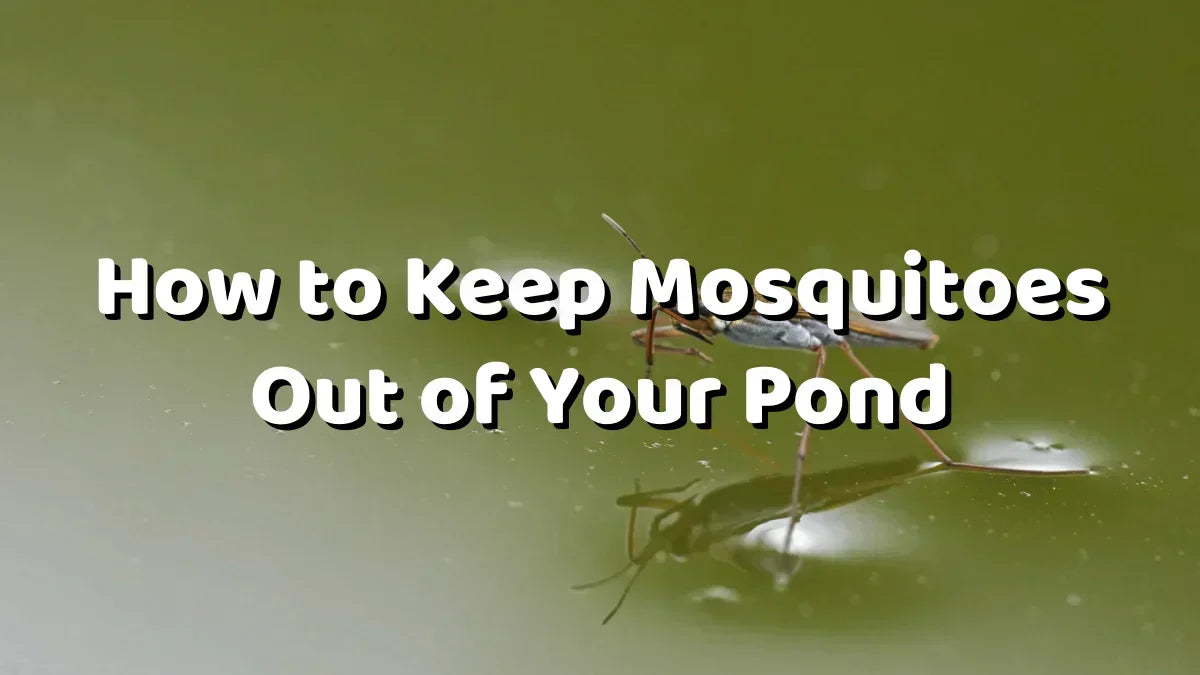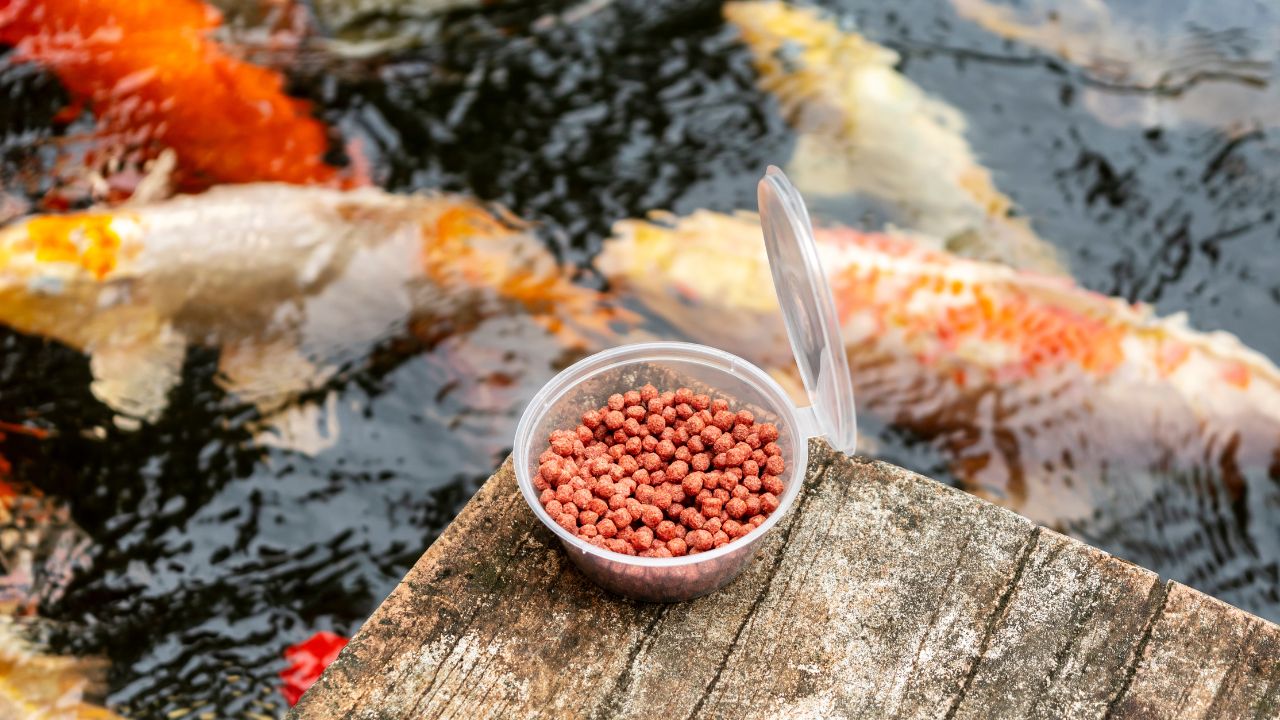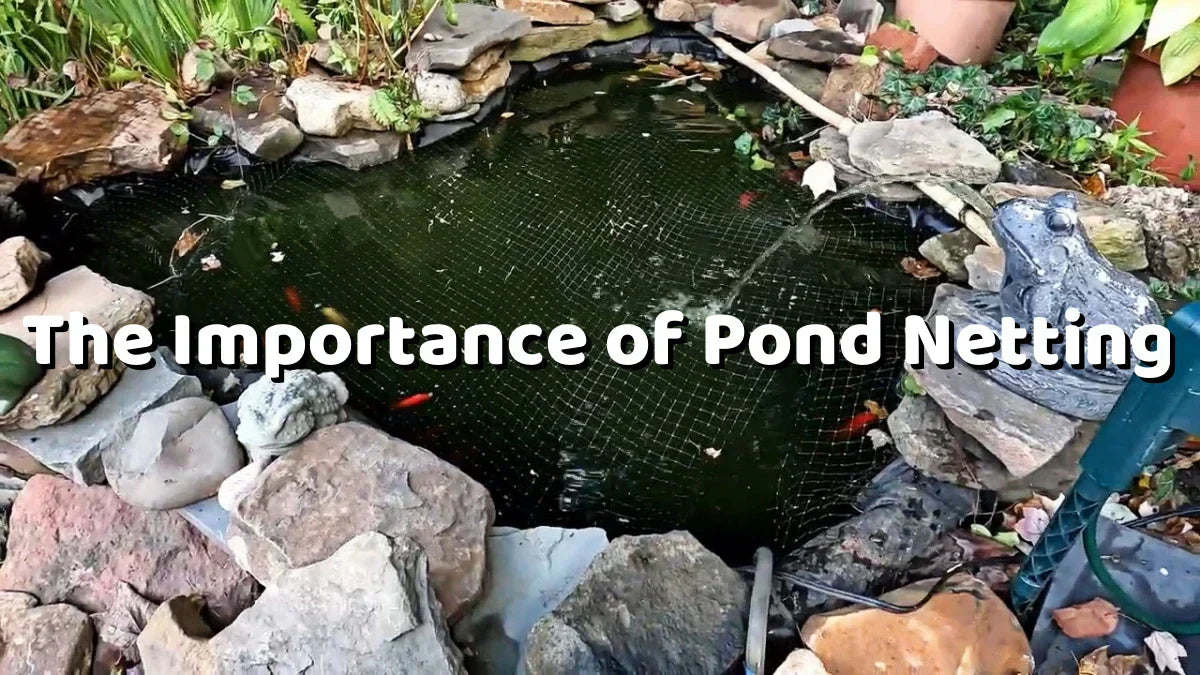Summer evenings shouldn’t be spent swatting clouds of insects while your pond becomes an accidental mosquito nursery. Fortunately, keeping skeeters at bay is a lot easier than people think—you just need steady water movement, a balanced ecosystem, and a few well-aimed tricks. Below are six proven, fish-safe tactics that work in everything from tiny patio tubs to sprawling koi sanctuaries, with notes on where Poposoap’s plug-free fountains, filters, and lights fit in. Put them into practice and you’ll enjoy dragonflies, lilies, and mirror-clear reflections—without the high-pitched whine of unwanted guests.
Introduction: Why Mosquito Control Matters in Ponds
Even a thimble of stagnant water can breed dozens of larvae, so a still pond becomes prime real estate for Aedes and Culex mosquitoes. Besides itchy bites, these insects can transmit West Nile, Zika, and heart-worm to pets and wildlife. Good pond design breaks the mosquito life cycle before it starts—no chemicals needed.
Tip 1: Keep Water Circulating
Mosquitoes look for glass-calm surfaces. Add ripples and they abandon the site.
- Float a solar fountain. A Poposoap Floating Fountain produces a constant plume that agitates water all day, even in remote gardens where wiring isn’t practical. The moving sheet also boosts oxygen for fish and beneficial bacteria.
- Aim for full-volume turnover every one to two hours. If you’re unsure of flow, choose a Poposoap Solar Fountain Pump sized to at least the pond’s gallon rating; larger basins may pair two units—one at each end—to erase still corners.

Result: Larvae can’t hang beneath a motionless surface film to breathe; they’re either flushed into fish territory or perish.
Tip 2: Add Natural Predators
Goldfish, bluegill, rosy red minnows, dragonfly nymphs, and backswimmers gorge on wrigglers. To give them a fighting chance:
- Keep water clear. Cloudy ponds allow larvae to hide; a Poposoap Solar Pond Filter pulls debris through layered foams and bio-media without raising the power bill.
- Provide shelter zones. Plant stands of hornwort and water celery so predators can stalk from cover while shade cuts algae growth.

Result: Every larva that escapes the fountain’s turbulence meets a hungry mouth.
Tip 3: Remove Debris and Excess Plants
Decaying leaves form scum rafts where mosquitoes lay eggs. Scoop floating litter weekly; thin out overgrown water hyacinth so sunlight reaches moving water.
- Use a waterfall or spillway. Poposoap Waterfall Kits return filtered water as an aerated sheet that sweeps floating debris toward a skimmer net. Continuous tumble = less stagnation, less egg real estate.
Result: Cleaner surface, slower nutrient build-up, and fewer hiding spots for pupae.

Tip 4: Use Mosquito Dunks or Tablets (Safely!)
Bacillus thuringiensis israelensis (BTI) tablets kill larvae without harming fish, frogs, or beneficial insects.
- Break big dunks into thirds for small patio ponds.
- Drop them near calm edges where larvae congregate—turbulent waterfall areas already deter breeding.
- Re-dose every 30 days or sooner if tablets dissolve rapidly in summer heat.
Result: A biological “mosquito buster for outdoor ponds” that targets only the pest species you don’t want.
Tip 5: Avoid Overwatering the Landscape
Irrigation run-off can pool in mulch beds and planter saucers, creating bonus nurseries only a few metres from the pond.
- Switch sprinklers to early-morning cycles so afternoon heat evaporates puddles.
- Grade soil away from the pond rim; excess flow can dump nutrients that fuel algae—and algae film shelters larvae.
Result: You’re not solving one mosquito problem while spawning twenty smaller ones around the yard.
Tip 6: Night Lighting That Doesn’t Attract Mosquitoes
Insects are drawn to cool-white and blue wavelengths. Warm-hued LEDs are less attractive, so:
- Install Poposoap Warm-White Pond Lights along paths and beneath spillways. Their soft 3000 K tone showcases fish after sunset without turning the water into a bug beacon.
- Angle fixtures downward and shield lenses so they illuminate features, not the sky.
Result: Evening ambience for humans, minimal “open-late” sign for mosquitoes.
Conclusion: Be Consistent, Be Preventative
Effective pond mosquito control isn’t a single product—it’s a layered approach: keep the surface moving with solar-powered Poposoap fountains, support hungry predators with crystal-clear water from Poposoap filters, tidy leaf litter, deploy BTI tablets as insurance, dry peripheral puddles, and light the night in insect-wise tones. Apply these six habits and your water garden will buzz with bees and dragonflies—not mosquitoes—letting you soak in the evening peace bite-free all season long.





Leave a comment
All comments are moderated before being published.
This site is protected by hCaptcha and the hCaptcha Privacy Policy and Terms of Service apply.